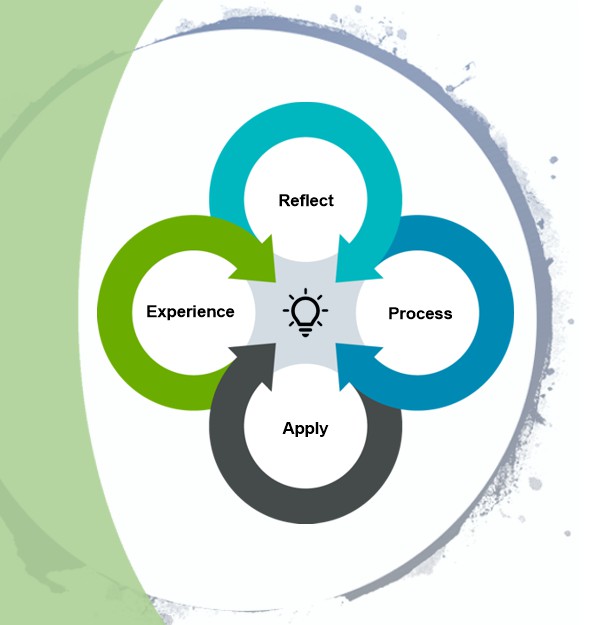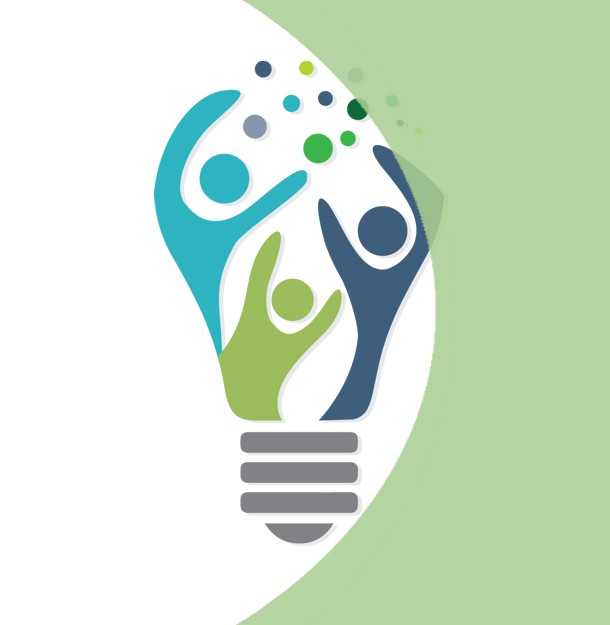The context in which a learning experience takes place plays a vital role in creating lasting, applicable memories. Research shows that memories are more durable and more easily recalled when they’re formed in conditions similar to those in which they’ll be applied. This is why pilots train in flight simulators and emergency responders prepare in realistic drills.
Context includes both external settings and internal states, such as pressure, stress, and decision-making complexity.
Because you will likely apply your learning in a fast-paced, high-stakes business environment, the simulation places you in a realistic leadership scenario. You will serve as a member of an Executive Leadership Team, charged by the Board of Directors to:
In this role, you’ll navigate familiar business pressures, such as:
This immersive experience allows you to see how your decisions directly impact results. Additionally, learning is amplified by observing competing teams, who may choose strategies that differ from your approach, offering a broader perspective and deeper insights.


The context in which a learning experience takes place plays a vital role in creating lasting, applicable memories. Research shows that memories are more durable and more easily recalled when they’re formed in conditions similar to those in which they’ll be applied. This is why pilots train in flight simulators and emergency responders prepare in realistic drills.
Context includes both external settings and internal states, such as pressure, stress, and decision-making complexity.
Because you will likely apply your learning in a fast-paced, high-stakes business environment, the simulation places you in a realistic leadership scenario. You will serve as a member of an Executive Leadership Team, charged by the Board of Directors to:
In this role, you’ll navigate familiar business pressures, such as:
This immersive experience allows you to see how your decisions directly impact results. Additionally, learning is amplified by observing competing teams, who may choose strategies that differ from your approach, offering a broader perspective and deeper insights.

Our sustainability simulation game is grounded in Kolb’s experiential learning cycle, providing a hands-on, reflective process that helps participants build strategic and collaborative skills.

Our sustainability simulation game is grounded in Kolb’s experiential learning cycle, providing a hands-on, reflective process that helps participants build strategic and collaborative skills.
Traditionally, the financial bottom line has been the dominant measure of business success. In this model, environmental resources (like raw materials) and social resources (like labor) are viewed primarily as inputs used to achieve a company’s financial goals. This reflects a transactional mindset, where people and the planet are managed in service of profitability.
Today, however, leading companies are rethinking this approach.
Organizations embracing the triple bottom line -people, planet, and profit – recognize that business is not separate from natural and social ecosystems, but deeply embedded within them. These ecosystems provide essential services that support both life and commerce: clean water, breathable air, fertile soil, and a stable climate. As these systems face increasing risk, the need for corporate responsibility and sustainable action becomes urgent.
The Green Business Lab provides participants with an opportunity to explore this integrated mindset in practice. While the Lab challenges teams to make strategic decisions that balance financial performance with environmental and social impact, many of the most meaningful lessons come from the conversations the Lab sparks.
Because sustainability isn’t just about reducing carbon or improving efficiency. It’s also about how people collaborate to solve complex, value-driven problems. The simulation fosters skills such as ethical reasoning, active communication, and shared vision. These soft skills drive transformational learning and are essential to leading real-world change.


Traditionally, the financial bottom line has been the dominant measure of business success. In this model, environmental resources (like raw materials) and social resources (like labor) are viewed primarily as inputs used to achieve a company’s financial goals. This reflects a transactional mindset, where people and the planet are managed in service of profitability.
Today, however, leading companies are rethinking this approach.
Organizations embracing the triple bottom line -people, planet, and profit – recognize that business is not separate from natural and social ecosystems, but deeply embedded within them. These ecosystems provide essential services that support both life and commerce: clean water, breathable air, fertile soil, and a stable climate. As these systems face increasing risk, the need for corporate responsibility and sustainable action becomes urgent.
The Green Business Lab provides participants with an opportunity to explore this integrated mindset in practice. While the Lab challenges teams to make strategic decisions that balance financial performance with environmental and social impact, many of the most meaningful lessons come from the conversations the Lab sparks.
Because sustainability isn’t just about reducing carbon or improving efficiency. It’s also about how people collaborate to solve complex, value-driven problems. The simulation fosters skills such as ethical reasoning, active communication, and shared vision. These soft skills drive transformational learning and are essential to leading real-world change.

In 2015, all United Nations Member States adopted the 2030 Agenda for Sustainable Development. The 2030 Agenda included the 17 Sustainable Development Goals (SDGs) and 169 targets.
The Declaration to implement Agenda 2030 states:
“On behalf of the peoples we serve, we have adopted a historic decision on a comprehensive, far-reaching, and people-centered set of universal and transformative Goals and targets. We commit ourselves to working tirelessly for the full implementation of this Agenda by 2030.”
Then, the World Benchmark Alliance (WBA) began a multi-year process in 2017 to develop a set of free and publicly available benchmarks to assess the progress of 2000 keystone companies against the SDGs.
The benchmarks use the best available science and consider existing international norms and standards. The benchmarks help clarify how companies can contribute to sustainability and what societies expect from companies. So far, benchmarks have been created for:
In The Green Business Lab, company decision options are tagged with corresponding Sustainable Development Goals.

In 2015, all United Nations Member States adopted the 2030 Agenda for Sustainable Development. The 2030 Agenda included the 17 Sustainable Development Goals (SDGs) and 169 targets.
The Declaration to implement Agenda 2030 states:
“On behalf of the peoples we serve, we have adopted a historic decision on a comprehensive, far-reaching, and people-centered set of universal and transformative Goals and targets. We commit ourselves to working tirelessly for the full implementation of this Agenda by 2030.”
Then, the World Benchmark Alliance (WBA) began a multi-year process in 2017 to develop a set of free and publicly available benchmarks to assess the progress of 2000 keystone companies against the SDGs.
The benchmarks use the best available science and consider existing international norms and standards. The benchmarks help clarify how companies can contribute to sustainability and what societies expect from companies. So far, benchmarks have been created for:
In The Green Business Lab, company decision options are tagged with corresponding Sustainable Development Goals.



We're happy to have you join us! Subscribe & receive our latest posts in your inbox. We respect your privacy & never share your information. You can unsubscribe at any time.

